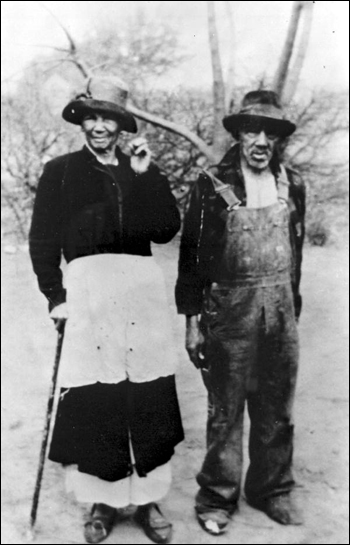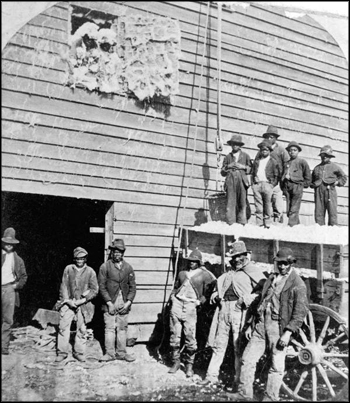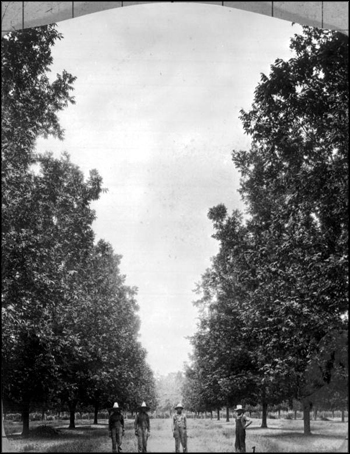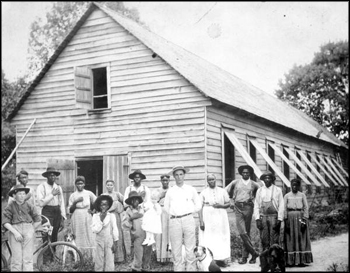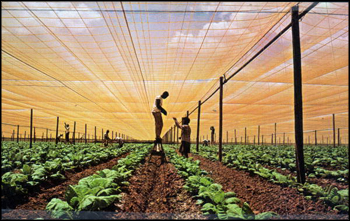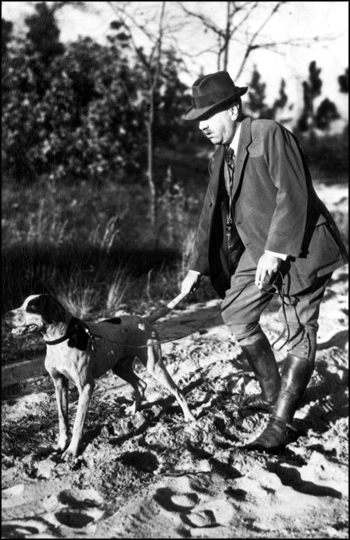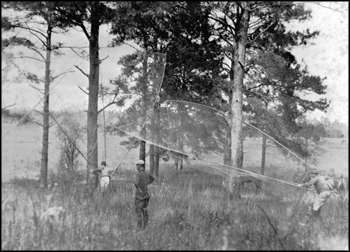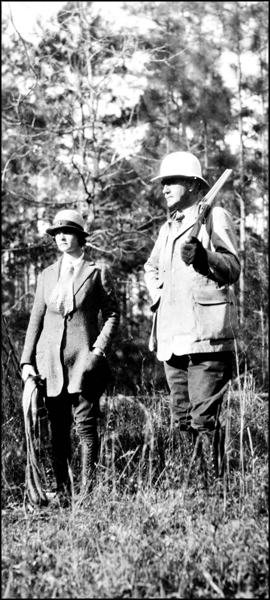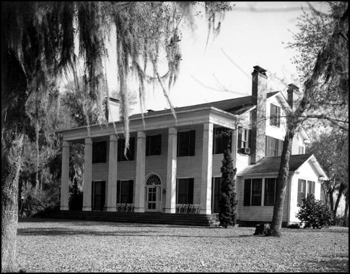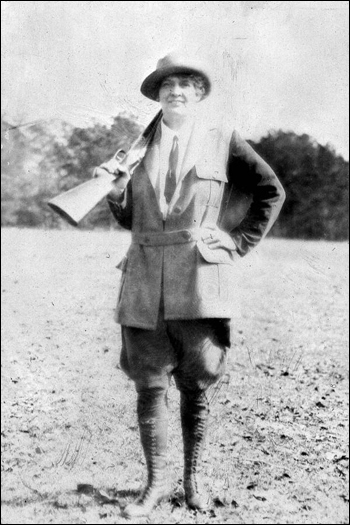Photo Exhibits
Photo exhibits spotlight various topics in Florida history, and are accompanied by brief text intended to place selected materials in historical context.
Plantation Culture
Land and Labor in Florida History
Sharecropping, Diversification and the Rise of Hunting Plantations
Emancipation brought about significant changes in the plantation economy throughout the southern United States.
Quail replaced King Cotton throughout the southern states as land became increasingly devoted to the hunting activities of the leisure classes who ventured south during the winter.
Many former slaves became tenant farmers by entering into "sharecropping" agreements with landed elites. Sharecroppers rented the land they worked and owed a percentage of their yearly crops to the landlord.
Most sharecroppers found themselves in perpetual debt, often indebted to landowners who once owned them as slaves. Sharecropping persisted until the mid-20th century and provided the economic underpinning for the system of institutionalized legal segregation throughout the South known as Jim Crow laws.
Luvenia and Ed Austin, sharecroppers on Welaunee Plantation: Leon County, Florida (ca. 1940s)
Image Number: N047013
Diversification
Once entirely dependent on producing cotton, plantation agriculture diversified following the Civil War. Although cotton continued to be important, land owners in the Red Hills region of the Florida Panhandle also began herding livestock, planting pecan trees and growing new cash crops such as tobacco.
Large commercial farms specializing in tobacco became especially prevalent in Gadsden County.
Picking cotton: Jefferson County, Florida (ca. 1890s)
Image Number: RC02221
Laborers waiting for a team to arrive at a cotton gin: northern Florida (early 20th century)
Image Number: RC05230
Pickers at harvest time in a pecan grove: Baker County, Florida (1929)
Image Number: N048364
Magnus Delacy Peavy and his farm hands in front of a tobacco barn: Havana, Florida (ca. 1910s)
Image Number: RC07231
Workers tie up tobacco: Quincy, Florida (ca. 1960s)
Image Number: PC5858
Shade-grown tobacco is produced for cigar wrappers. "Tying Up," shown here, provides a cord support for the rapidly growing, big-leafed plant as it grows in the shade. Gadsden County, Florida, was one of only two shade tobacco producing areas in the United States.
Hunting Plantations
The end of the Civil War facilitated an influx of northern capital into the southern United States. Railroad lines and roads expanded deep into the Florida peninsula. Wealthy northern families purchased large tracts once used for cotton cultivation and converted the land into hunting plantations.
Northern Florida, especially in the Red Hills region, became known for quail hunting. Quail inhabited areas covered with longleaf pine trees and wiregrass. In order to bolster quail populations, owners of large estates maintained extensive tracts of indigenous forest through the practice of controlled burning.
Fleischmann's Welaunee Plantation hunting lodge: Leon County, Florida (ca. 1920)
Image Number: N038165
Udo Fleischmann with his hunting dog "The Coming Storm": Leon County, Florida (ca. 1930s)
Image Number: RC07245
Capturing quail with nets at Luna Plantation: Leon County, Florida (ca. 1930s)
Image Number: N038357
Colonel and Mrs. Lloyd C. Griscom dressed for hunting at Luna Plantation: Leon County, Florida (ca. 1930s)
Image Number: N037098
Southwood Plantation house: Tallahassee, Florida (ca. 1950s)
Image Number: RC02161
This is the second plantation house on this site. The first was built by Benjamin Chaires for his daughter Sara Jane Chaires Ward. This house was formerly owned by Robert Butler and John Ward Henderson, and was moved from the southwest corner of Adams and St. Augustine streets in the 1900s. It was purchased by Edward Ball for the Dupont estate in the 1940s. The property surrounding this home provided ample opportunities for hunting until developed for residential homesites in the late 20th century.
Red Hills Fire Ecology
The remaining tracts of longleaf pine in southern Georgia and northern Florida are maintained today through the use of prescribed burning. Research institutions such as Tall Timbers Research Station strive to conserve indigenous forest using methods practiced by quail hunters in the late 19th and early 20th centuries. In effect, controlled burning helps to mimic the natural fire ecology of the Red Hills region.
Genevieve Dillon Beadel, owner of Tall Timbers Plantation: Tallahassee, Florida (ca. 1920s)
Image Number: N038117
Genevieve and her husband, Henry Ludlow Beadel, owned Tall Timbers Plantation. In 1958, as stipulated in the Beadel's will, Tall Timbers became a research station dedicated to studying the impact of fire on wildlife and vegetation in the Red Hills region of southern Georgia and northern Florida.

 Listen: The Blues Program
Listen: The Blues Program